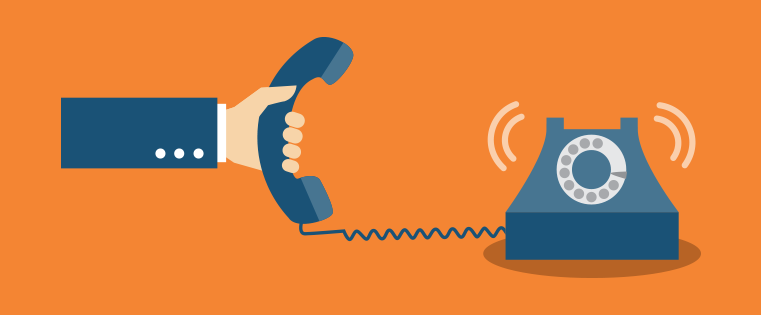As a Printed Circuit Board Design Engineer, you will be responsible for the design and development of printed circuit boards. You will work with a team of engineers to ensure that the boards are designed and manufactured to meet the specifications of the customer. You will also be responsible for the testing of the boards to ensure that they are functioning properly.
PCB design basics
PCB design basics for a Printed Circuit Board Design Engineer include understanding how to read and interpret schematics, being able to design and lay out PCBs, and being familiar with the manufacturing process of PCBs. In order to be able to read and interpret schematics, a Printed Circuit Board Design Engineer needs to have a strong understanding of electrical engineering principles. They also need to be able to use PCB design software to create accurate PCB layouts. Familiarity with the manufacturing process of PCBs is also important, as this can impact the design of the PCB.
PCB design software
PCB design software is used to create the layouts for printed circuit boards. The software allows the user to place and route components, trace nets, and createGerber files. The software also has a bill of materials (BOM) generator and a component footprint library.
PCB layout tips
There are a few key things to keep in mind when designing a printed circuit board:
1. Make sure the traces are wide enough to handle the current you expect them to carry.
2. Keep the trace length as short as possible to minimize resistance.
3. Make sure the traces are well-isolated from each other to prevent crosstalk.
4. Use vias to connect different layers of the PCB together.
5. Make sure the power and ground traces are well-connected throughout the PCB.
6. Place the components on the PCB so that they can be easily reached for assembly and repair.
7. Follow the manufacturer’s guidelines for the minimum spacing between traces and components.
8. Use test points to allow for easy testing of the circuit.
9. Make sure the PCB design is compliant with the relevant standards.
10. Use software to automate the PCB layout process.
PCB stackup
PCB stackup is one of the most important aspects of printed circuit board design. It determines the order of the layers of the board, the thickness of each layer, and the material used for each layer. The stackup also affects the impedance of the circuit, the crosstalk between traces, and the thermal stability of the board.
PCB fabrication
PCB fabrication is the process of creating a printed circuit board. This process starts with creating a circuit board layout, which is then used to create a circuit board master. This master is used to create a circuit board negative, which is used to create a circuit board positive. The positive is then used to create a circuit board, which is then used to create a circuit board assembly.
PCB assembly
PCB assembly is the process of connecting electronic components to a printed circuit board (PCB). This can be done manually or using a machine. PCB assembly is a key part of the manufacturing process for electronic products. It is important to ensure that the components are properly aligned and connected to the PCB. Otherwise, the electronic product will not work correctly.
PCB design for manufacturing
PCB design for manufacturing is a critical process in the design of printed circuit boards. The goal of this process is to ensure that the PCB can be manufactured to the highest quality and reliability standards. There are a number of factors that must be considered in PCB design for manufacturing, including:
• The layout of the PCB: The layout of the PCB must be designed to optimize the manufacturing process. This includes ensuring that all traces are of the correct width and spacing, and that all vias and holes are correctly positioned.
• The materials used: The materials used in the PCB must be compatible with the manufacturing process. This includes choosing the right substrate material and ensuring that the solder mask and silkscreen are of the correct type.
• The manufacturing process: The manufacturing process must be carefully planned and controlled to ensure that the PCB is manufactured to the highest quality standards. This includes choosing the right fabrication and assembly methods, and ensuring that the process is well documented.
PCB design for EMC
PCB design for EMC is critical for ensuring that electronic products are not susceptible to electromagnetic interference (EMI). This can be achieved by designing the PCB layout to minimize the risk of EMI emissions and/or by incorporating EMI shielding components into the design. In some cases, both approaches may be necessary. The layout of the PCB should be designed to minimize the length and loop area of the signal traces. The use of vias can also help to minimize the EMI risk. Shielding components, such as metalized fabrics, gaskets, and metalized tape, can be used to further reduce the risk of EMI.
PCB design for signal integrity
Printed circuit board (PCB) design engineers are responsible for creating the layouts for electronic circuits. They use a variety of software tools to do this, as well as working with other engineers and technicians to ensure that the boards they design will function correctly.
PCB design for signal integrity is a critical part of the design process, as even a small amount of interference can cause problems with the functioning of the circuit. Designers must therefore take care to route signals carefully and to use the correct components for each stage of the circuit.
Working with other engineers, PCB design engineers must also ensure that the board layout meets all the necessary safety and regulatory requirements. In addition, they may be responsible for creating the artwork for the PCB, which must be done to a high standard to ensure that the final product is of good quality.
PCB design for high speed
As a printed circuit board design engineer, you will be responsible for the design and development of high-speed printed circuit boards. You will work with a team of engineers to ensure that the boards are designed to meet the required specifications and are able to function properly. You will also be responsible for testing the boards to ensure that they are functioning correctly.







